Bluetooth has become a salient feature in devices these days. It enhances both connectivity and ease of accessibility. With Bluetooth connectivity, users can do away with wired connections, which not just limit the range but also create a mess.
Most of the recent laptop and desktop models come with Bluetooth connectivity. However, if you are using an old model which lacks the Bluetooth feature, there are ways you to can add it to your Windows PC.
Why do I Need Bluetooth Support on a PC?
This is one of the common questions that intrigue most users when it comes to Bluetooth support on the computer. If you are currently using a system that lacks Bluetooth connectivity, there would certainly be a lot of wires tangling around, often creating confusion when you try to identify the one for a particular device.
Bluetooth connectivity negates the need for wired connections altogether for devices that support Bluetooth. These include keyboards, mouse, speakers, headphones, mobile phones, and whatnot. It also increases the range of these devices, thus making them portable. For instance, if you are playing music on an external speaker connected to the computer with an auxiliary cable, the length of the cable is the maximum distance you could keep the speaker at. Now imagine keeping the speaker at a far more distance without a cable connecting the two.
If you are inclined towards the idea of Bluetooth support, check the further sections for an in-depth understanding.
Check if your Computer has Bluetooth
Before we move to the part about adding Bluetooth devices, it’s imperative that you identify if your system offers Bluetooth support. If it’s a recent model, it’s most likely to have a built-in Bluetooth.
To check if your system offers Bluetooth connectivity, press WINDOWS + R to launch the ‘Run’ command, enter ‘ncpa.cpl’ to open the ‘Network Connections’.
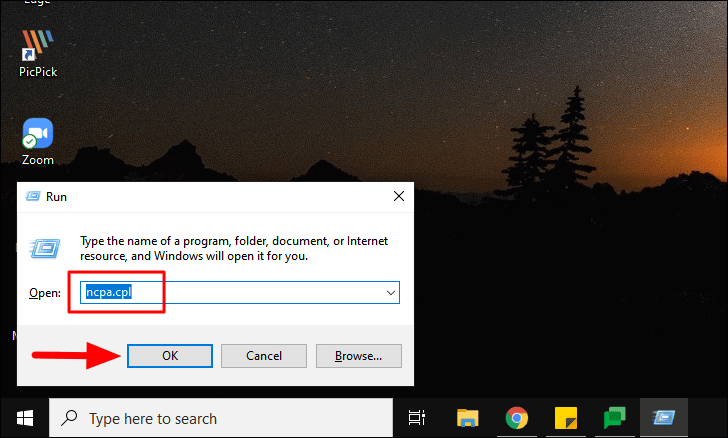
In the ‘Network Connection’ window, check for the ‘Bluetooth Network Connection’ adapter. If you find one, your laptop offers the Bluetooth feature.
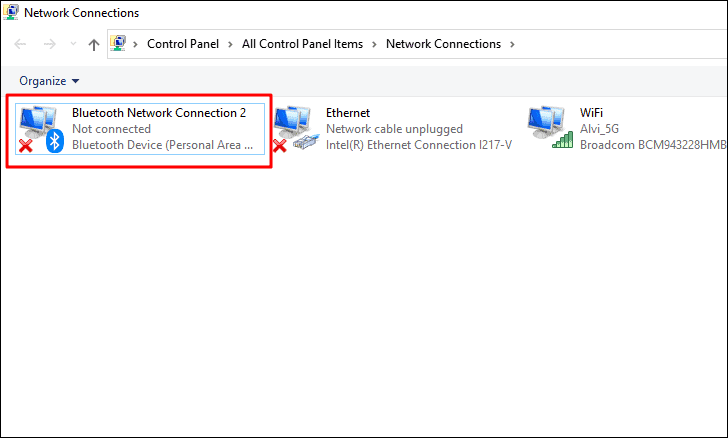
However, the unavailability of the Bluetooth option in the ‘Network Connections’ window does not rule out its presence altogether. It wouldn’t be visible, in case the Bluetooth isn’t properly configured or is turned off. In such cases, you can identify the feature through the ‘Device Manager’.
Search for ‘Device Manager’ in the ‘Start Menu’ and then click on the search result to launch it.
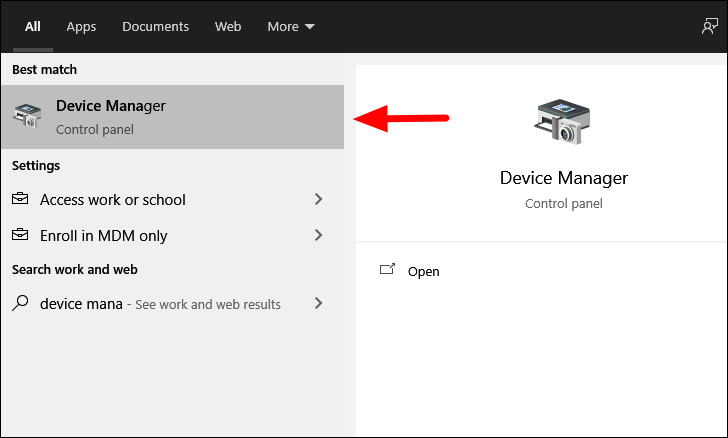
In the ‘Device Manager’ window, search for the ‘Bluetooth’ option, and double-click on it to view the devices under it.
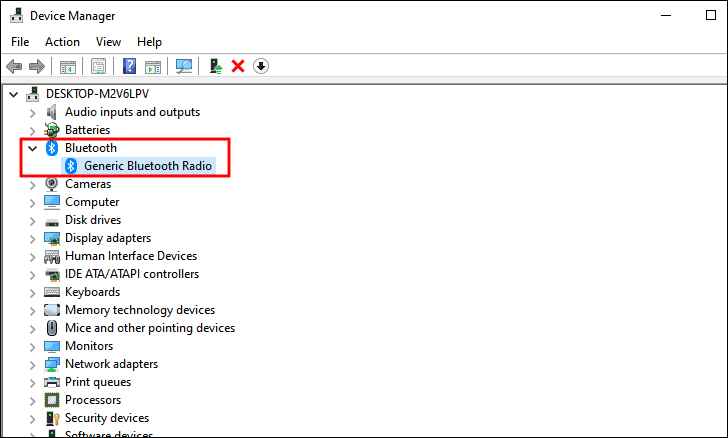
If there’s an option for Bluetooth in the ‘Device Manager’, your computer probably has the feature. In this case, go to the ‘Troubleshooting Bluetooth Connection Issue’ section of ‘How to Enable and Use Bluetooth on Windows 10‘ to fix the error that’s preventing Bluetooth from functioning effectively.
What if Your Computer Does Not have Built-in Bluetooth?
This possibility cannot be ignored since a lot of older laptops and even new desktops don’t offer built-in Bluetooth. However, this doesn’t imply that you can’t get Bluetooth connectivity on your PC. In this case, you have two options, either to go for a USB Bluetooth adapter or a PCI card.
Get a USB Bluetooth Adapter

A USB Bluetooth adapter can be plugged in any of the free USB ports on your computer to enjoy seamless Bluetooth connectivity. These dongles are fairly cheap and offer the same set of features as a built-in Bluetooth. However, they are visible which can be construed as a disadvantage by many.
Install a Bluetooth PCI Card on Motherboard
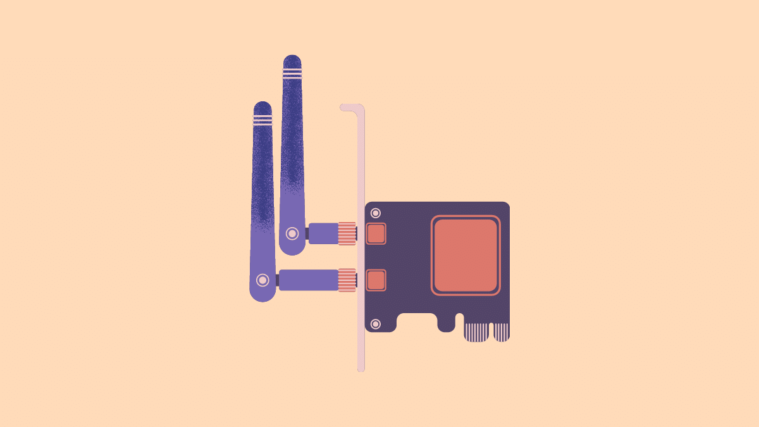
These are far more complex but become an ideal choice for those who either don’t have a vacant USB port or don’t want to keep one engaged with the Bluetooth dongle. The installation process intricate, however, they are concealed which comes as an added advantage. Moreover, if you select one with three antennas, you are likely to have a better signal reception, which in turn translates to a higher transfer speed.
Based on the pros and cons mentioned above, your better understanding and research, purchase the one that suits your requirement and fits into your budget.
Adding a Bluetooth Adapter to Windows PC
Once you have either a USB dongle or a PCI card, plug it into the relevant slot. As mentioned earlier, you can simply plug the Bluetooth dongle into a vacant USB slot while the PCI card will be attached to the motherboard, which requires high technical acumen.
Once you have plugged in the external Bluetooth adapter, the next step is to get things up and running. In case you are running Windows 10 on the PC, it will automatically search for the relevant drivers and install them.
For older iterations of the Windows, you may have to download the required software or drivers from the manufacturer’s official website or install it from the CD, if one comes along with the product. Most of these products come along with a manual that you can refer to for a smooth installation process.
Once you have everything set, launch the ‘Network Connection’ window as discussed earlier and the ‘Bluetooth’ option will appear. The next step is to start pairing with Bluetooth devices.
Pairing Bluetooth Devices on Windows 10
Now that you are all set to enjoy the seamless connectivity, it’s time to pair and connect with the Bluetooth devices. Before you start the pairing process, ensure that Bluetooth is enabled on the device and has been set to ‘Pairing’ mode.
To pair a device, press WINDOWS + I to launch the system ‘Settings’, and click on the ‘Devices’ option.

The ‘Bluetooth & other devices’ tab will launch in the ‘Devices’ settings. Ensure the ‘Bluetooth’ toggle is in the ‘On’ position and then click on the ‘Add Bluetooth or other devices’ option at the top.
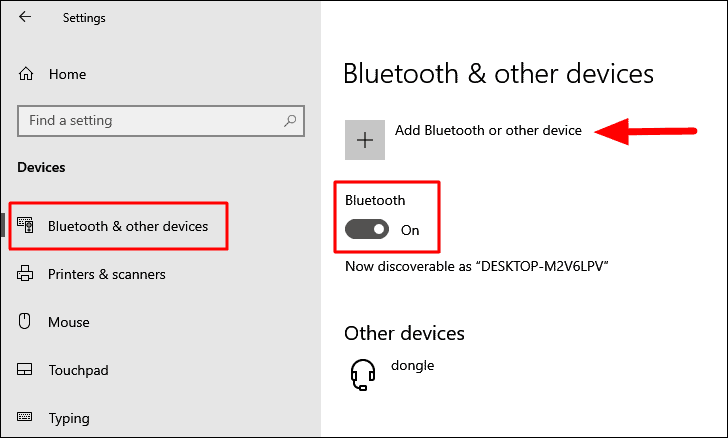
You will now be presented with three cartegories, select the relevant one to proceed.
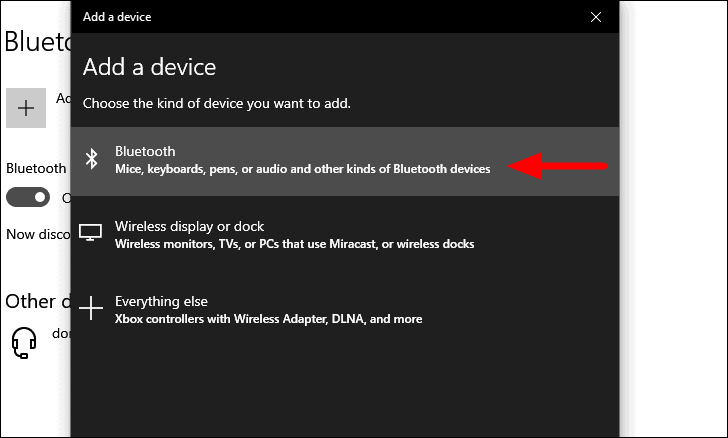
The available devices will now be listed on the screen. Select the one that you want to connect with and wait for the pairing process to complete. In some devices, a mere click will complete the pairing process, while in others, the process is slightly lengthier.
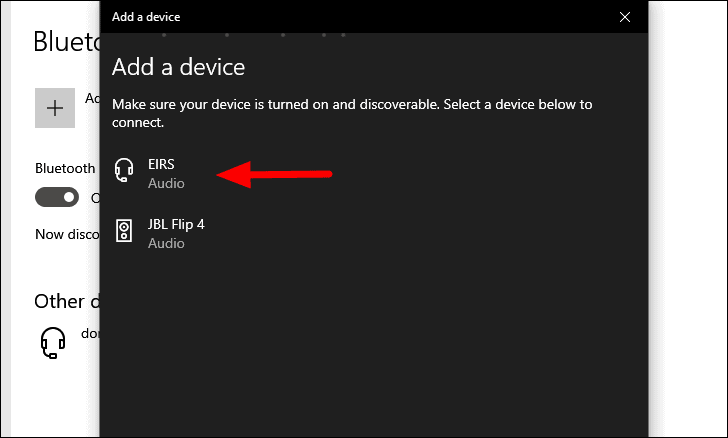
For some devices, you will need a ‘Pairing Code/Pin’ to complete the pairing process. The pin will be displayed on both the device and the computer, verify that it’s the same, and then click on ‘Connect’ at the bottom.

You have now paired and connected the device to the computer. Pairing is a one-time process and only has to be done initially. You can easily connect to the device the next time onwards. Similarly, connect the other devices as well.
All the devices that you connect to the PC will be listed under the ‘Bluetooth’ option in the ‘Device Manager’. If you ever run into a problem with a particular device, you can check for driver updates or reinstall it altogether.

Now that you have enabled Bluetooth support, be it in-built or an external adapter, and connected the various devices, it’s time you reap the benefits of it. Gone are the days of messy wires running around the computer, it’s wireless connectivity from now on.

